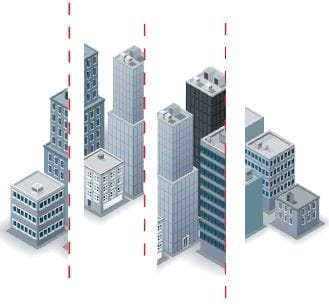Please note: This issue’s contest is now closed.
The answer and winner of the contest are posted below. (Feel free, of course, to still test your wits!)
In each issue of Wharton Magazine, we test your knowledge with a question crafted by one of the School’s esteemed faculty members (often straight from an actual Wharton course). Submit the correct answer and you’ll be entered into our drawing for our new grand prize—a $400 gift certificate to the Wharton Store.
This Final Exam challenge comes from Abraham J. Wyner, an associate professor of statistics and director of the Undergraduate Program in Statistics.
Good luck!

The Basics:
The cost of college has increased. Massively. But inflation has made all things cost more over time. In fact, annual college tuition increases are positively correlated with annual inflation (r = 0.5).
To study the relationship between inflation and college tuition more deeply, researchers calculated the average percentage increase in tuition over all U.S. colleges in each year from 1964 to 2008. From each value, they subtracted that year’s inflation percentage. This measures the “excess” increase in tuition over inflation.
Over the 45 years of data, the average excess was 1.75 percentage points and the standard deviation was 2.5. The histogram was normally distributed. The average annual inflation rate was 4.5 percent, and the SD was 2.8. The excess in any given year was correlated with that year’s inflation rate (r = -0.75). The scatter diagram is football shaped.
The Question:
Approximately how frequently did college tuition increase by an amount less than inflation over those 45 years?
The Answer:
Assuming that the excess is approximately normally distributed, a negative excess is:
Z= (0-1.75)/2.5 =.7 SDs less than then mean.
This happens about 25 percent of the time (the Z-table has 24.2 percent to be exact). It is not frequent, but not rare.
The Winner:
Out of all correct submissions, one winner was randomly selected to receive a $400 gift certificate to the Wharton Store. (Prize may be subject to taxation; must be 18 years or older to win.)
That winner was … Walter L. Zweifler, W’54.
Congratulations, Walter!

























